Baozi, or Chinese steamed buns, are a beloved staple in Asian cuisine, celebrated for their soft, fluffy texture and versatile fillings. From the savory pork-filled char siu bao to the sweet red bean paste variety, the quality of a baozi hinges on its dough—a delicate balance of ingredients and technique. Central to this equation is the type of flour used, a choice that dictates the bun’s structure, tenderness, and overall eating experience. This article delves into the science and culinary traditions behind selecting the ideal flour for baozi, exploring protein content, gluten formation, and regional preferences that shape this iconic dish.
The Role of Flour in Baozi Dough
Flour serves as the foundational element of baozi dough, providing the structure through gluten networks and starch. When mixed with liquid (usually water or milk) and yeast, the proteins in flour—gliadin and glutenin—combine to form gluten, a stretchy matrix that traps carbon dioxide gas released during fermentation. This process creates the airy crumb characteristic of well-made baozi. However, not all flours are created equal. The protein content, milling process, and additives in flour significantly influence the dough’s behavior and the final product’s texture.
Understanding Flour Types: Protein Content and Gluten Formation
The protein content of flour is the primary factor determining its suitability for baozi. Flours are categorized based on protein percentage, which directly correlates with gluten development:
-
All-Purpose Flour (10-12% protein):
- A middle-of-the-road option, all-purpose flour strikes a balance between low-protein pastry flour and high-protein bread flour.
- In baozi, it yields a moderately soft texture with enough structure to hold shape during steaming.
- Ideal for beginners or those seeking convenience, as it is widely available globally.
-
Bread Flour (12-14% protein):
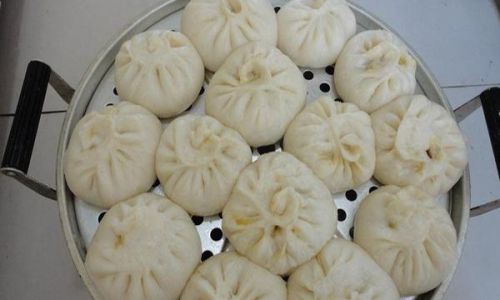
- Higher protein content leads to stronger gluten formation, resulting in a chewier, more elastic dough.
- Commonly used in northern Chinese baozi varieties, where a slightly firmer texture is preferred.
- Requires careful kneading and proofing to avoid toughness.
-
Cake Flour (7-9% protein):
- Low-protein flour produces tender, crumbly baked goods but lacks the structure for yeast-leavened dough.
- Generally unsuitable for baozi, as it results in weak, collapsing buns.
-
Medium-Gluten Flour (9-11% protein):
- A staple in Asian baking, this flour is finely milled and often labeled as “Hong Kong flour” or “pastry flour.”
- Balances softness and elasticity, making it a favorite for Cantonese-style steamed buns.
- Produces the signature “cotton-like” texture, with a melt-in-the-mouth quality.
Regional Variations: From Northern Chew to Southern Softness
China’s culinary diversity is reflected in baozi recipes, with regional preferences shaping flour choices:
-
Northern China (e.g., Beijing, Tianjin):
- Historically, wheat cultivation in arid northern regions favored high-protein, hard wheat varieties.
- Bread flour or all-purpose flour is preferred for jiaozi (steamed buns with meat fillings), creating a sturdy dough that complements hearty fillings.
- The result is a slightly chewy crust and dense crumb, ideal for absorbing savory juices.
-
Southern China (e.g., Guangdong, Shanghai):
- Softer, low-protein flours dominate in the south, where delicate, sweet baozi varieties reign.
- Medium-gluten flour, often imported or locally milled from soft wheat, achieves the coveted “white as snow, soft as silk” texture.
- Cantonese cha siu bao (barbecue pork buns) exemplify this style, with a pillowy exterior that contrasts with the sweet-salty filling.
The Impact of Milling and Additives
Beyond protein content, the milling process and additives influence flour performance:
-
Bleached vs. Unbleached Flour:
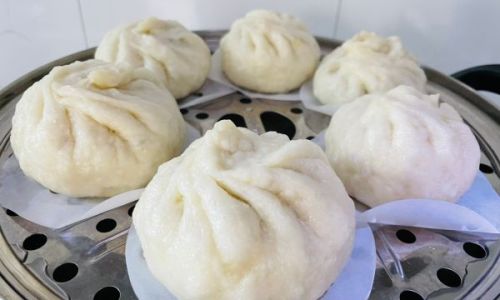
- Bleached flour undergoes chemical treatment to whiten and soften it, often reducing protein content slightly.
- Unbleached flour retains a creamy hue and slightly stronger gluten, making it preferable for baozi requiring structure.
-
Chlorinated Flour:
- Common in some Asian flours, chlorination reduces pH and weakens gluten, enhancing extensibility.
- This treatment is particularly beneficial for medium-gluten flour, contributing to the tender texture of southern-style baozi.
-
Enriched Flour:
Fortified with vitamins and minerals, enriched flour is standard in many countries but does not significantly alter dough properties.
Achieving the Perfect Texture: Tips for Home Cooks
-
Hydration Levels:
- Adjust water content based on flour type. High-protein flours require more liquid to achieve the desired softness.
- Aim for 50-55% hydration (e.g., 250g flour to 135-145g water) for medium-gluten flour.
-
Kneading Technique:
- Over-kneading high-protein dough can lead to toughness. Knead until smooth, then rest (autolyse) to relax gluten.
- Medium-gluten dough benefits from minimal handling to preserve tenderness.
-
Fermentation:
Proofing time and temperature affect flavor and texture. Cold fermentation (overnight in the refrigerator) enhances flavor without over-developing gluten.

-
Steaming Method:
- Use a bamboo steamer for even heat distribution and to prevent water droplets from collapsing the dough.
- Line the steamer with parchment or cabbage leaves to prevent sticking.
Global Adaptations: Substituting Flours
In regions where Asian flours are scarce, home cooks often adapt:
-
All-Purpose Flour + Vital Wheat Gluten:
Combine 1 cup all-purpose flour with 1 tsp vital wheat gluten to mimic bread flour’s protein content.
-
Cake Flour + Bread Flour Blend:
Mix 70% cake flour with 30% bread flour to approximate medium-gluten flour’s texture.
-
00 Flour:

Italian “00” flour, with 9-11% protein, is an excellent substitute for medium-gluten flour in pizza and pasta, but its fineness may alter baozi’s texture.
The Rise of Gluten-Free Baozi
For those with dietary restrictions, gluten-free alternatives like rice flour, tapioca starch, and xanthan gum can mimic traditional textures. However, achieving the same elasticity and rise remains challenging. Experimentation with ratios is key to success.
Conclusion: The Flour’s Verdict
The quest for perfect baozi begins with understanding flour’s role. While medium-gluten flour reigns supreme in traditional recipes, global accessibility and dietary needs demand adaptability. Whether opting for high-protein bread flour, a blend of all-purpose and gluten, or gluten-free alternatives, the goal remains constant: to create a dough that rises gracefully, steams to tender perfection, and cradles its filling with delicate grace. By mastering the interplay of protein, hydration, and technique, home cooks and professionals alike can honor the timeless art of baozi-making, one steamed bun at a time.
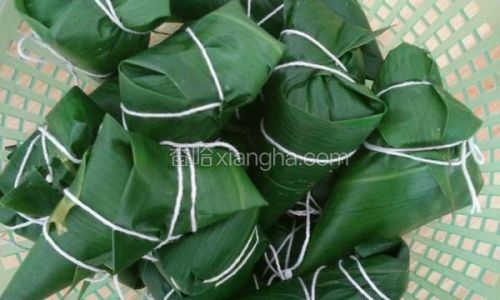

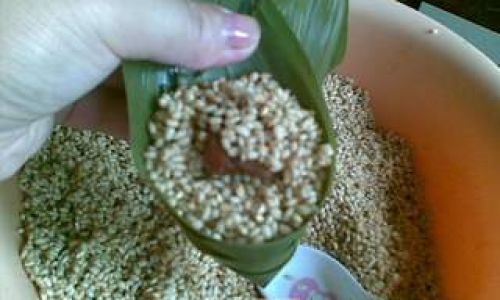
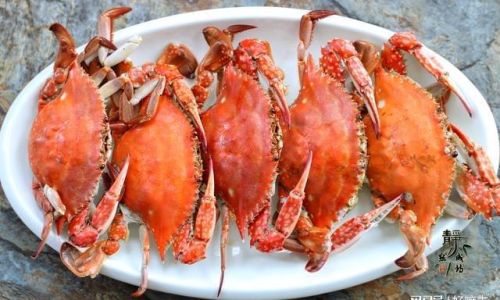
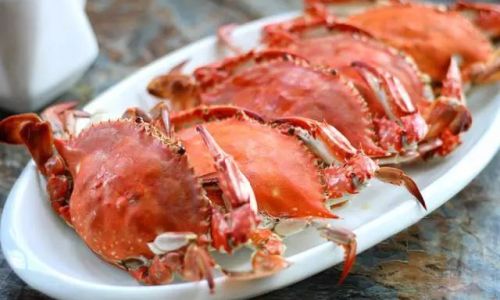
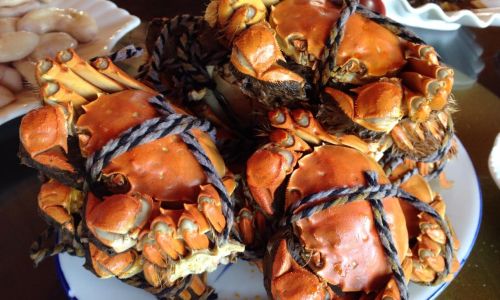
0 comments